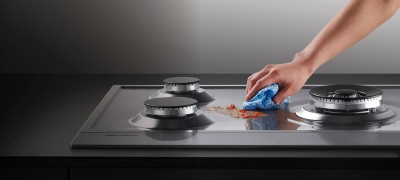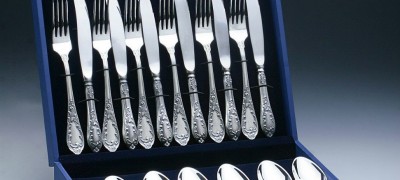We clean the carbon deposits from the frying pan using folk and other methods
Every housewife has a favorite frying pan. But it is very offensive when, after constant cooking, it becomes overgrown with a large layer of soot, which becomes difficult to remove. It is worth considering ways to remove carbon deposits quickly and efficiently.

How to clean a cast iron pan from carbon deposits (from a thick layer of burning)
It is important to clean the cast iron pan in a gentle way. It is worth disassembling several ways that will allow you to clean the old, but such a beloved frying pan, not only inside, but also outside.

Very few people know how to clean a frying pan from carbon deposits. Therefore, when the carbon deposit becomes very large and the layer already interferes with the use of these kitchen utensils, the moment comes when you have to part with your beloved "old woman" and buy a new one. It is very important to explore the possibilities of making your familiar but heavily smoked cooking utensils almost like new.

Why there is soot on the outside: when exposed to high temperatures that are created with an open flame, soot builds up. Each time the pan is put back on the fire for cooking, the new layer is soldered with the old one and becomes one whole. It just becomes difficult to remove such a formation. And metal graters or brushes can harm the surface, scratch it badly. In order to understand how to clean a cast-iron pan from perennial deposits, you need to familiarize yourself with the methods that will allow you to do this quickly and correctly.
Folk remedies
Many housewives in the old days used a cast-iron frying pan, preferring this particular material. They have come up with several products that can clean up years of burnt-on fat that can accumulate over time. Moreover, each had its own national secret, necessary for quick cleaning. Each of them is effective and easy to use in its own way.
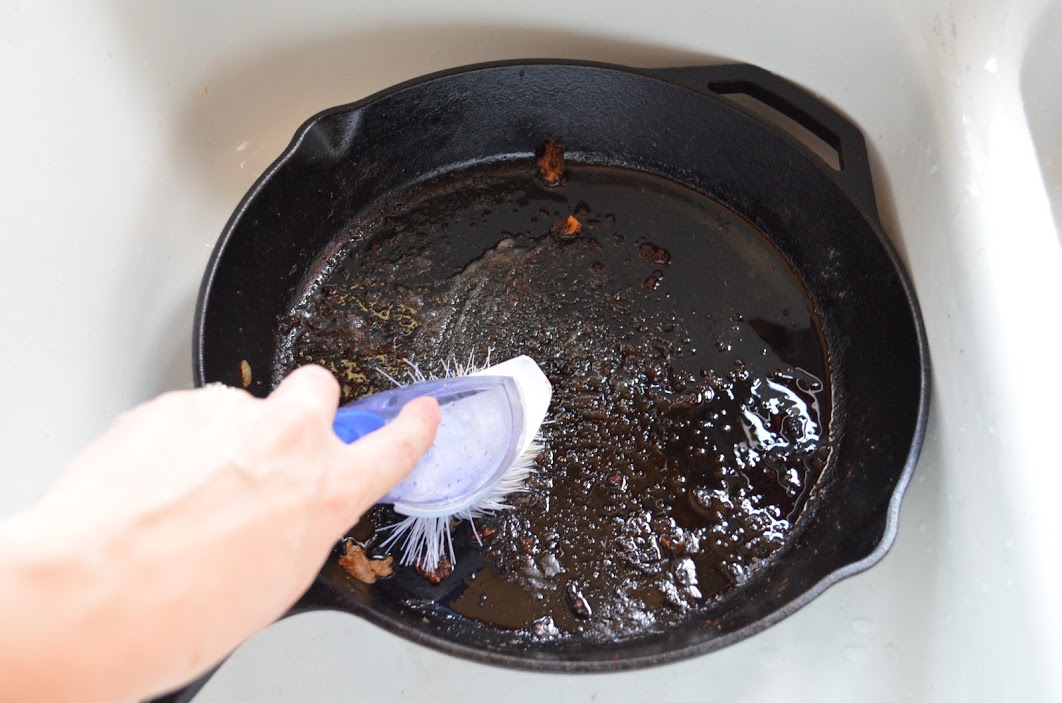
Soda ash
This method is easy to do at home. For him, you need to rinse the pan from possible food leftovers. Pour a glass of water into it and add 1 tablespoon of baking soda. Put the container on fire. After boiling, remove the pan and rinse with a sponge under a stream of warm water for a few minutes. You can add laundry soap to this mixture. But then it needs to be grated and added to the water in a small amount.

Baking soda and hydrogen peroxide
Another reliable way to clean the pan from carbon deposits using folk remedies is to use soda and ammonia medicine. They are found in every home and are active carcinogens. A large layer with an increased degree of old black carbon can be removed very quickly.
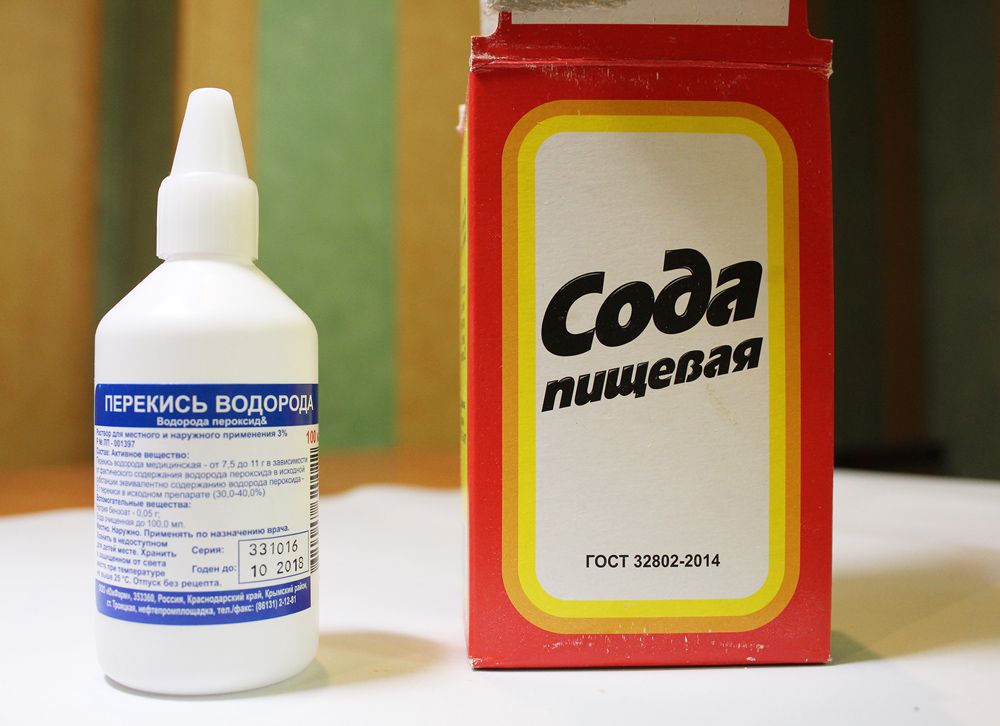
To do this, you need to pour 1 tsp. ammonia in a pan, add a glass of water and 1 tablespoon of baking soda there. Wait until it boils. If the carbon is thick and strong, then you can reduce the heat and boil for a few minutes. After that, you need to wash these dishes.
You can use this method for the outer layer. Then in a saucepan, a large volume, you need to pour about two liters of water. Add 2 tsp. ammonia and 3 tbsp. l. baking soda. Boil this mixture and dip the frying pan in it for 30 minutes. This procedure will help clean the surface of the cast iron product.
Activated carbon
This method is effective for removing limescale or old burnt layers. Various inventory and its coverage can be restored in a few minutes. To do this, you need to take a package of these tablets. Grind them to a powder and pour on the inner surface of the dishes. Leave in this form for 1 hour (for heavy contamination for 1.5 hours). After that, with a sponge, rinse off the burnt layer or scale under warm water.

Ammonia and borax
This method will not be difficult for most people. It is worth putting on gloves before starting the procedure to protect the skin from getting some components on it. After that, pour 1 tbsp into the pan. water, 10 gr. Borax and 2 drops of ammonia. Mix gently. Leave on for half an hour to split. Then the excess must be removed with a sponge and water.

Heat treatment
This method is based on annealing the dishes at a high temperature. At the very beginning, you need to wash the surface and grease it with sunflower oil (you can use any other oil). After that, the pan must be calcined on the stove several times. Each time this procedure should take 10-20 minutes. Each time between baking, you need to wipe the surface with oil. Repeat the procedure 5 times.

You can heat the pan in the oven. To do this, heat the cabinet to a temperature of 130-150 degrees. Before placing the kitchen utensils in the oven, you need to clean them of residual fat, grease with oil on all sides. In the cabinet, the frying pan should be placed upside down. Ignite for about an hour. Heating will help get rid of plaque.
Mechanical cleaning (chemistry)
This technique is not as gentle as previously proposed. It requires the use of special equipment and some effort. There are three cleaning methods: with an iron brush, using a drill with metal attachments, and a grinder. Cleaning cast iron with such types of equipment and devices will allow you to clean both the inner surface and the outer. Typically, this mechanical method will help to get rid of a thick layer of burning in a short period of time.
All these brownie methods should be best done by a man. It is best to wear goggles and a respirator to protect your eyes. It is best to get rid of carbon deposits in the fresh air or in a separate room, which is not afraid to be contaminated with carbon residues. Pressing hard on the machine, you need to carry out a cleaning complex until the last traces disappear.
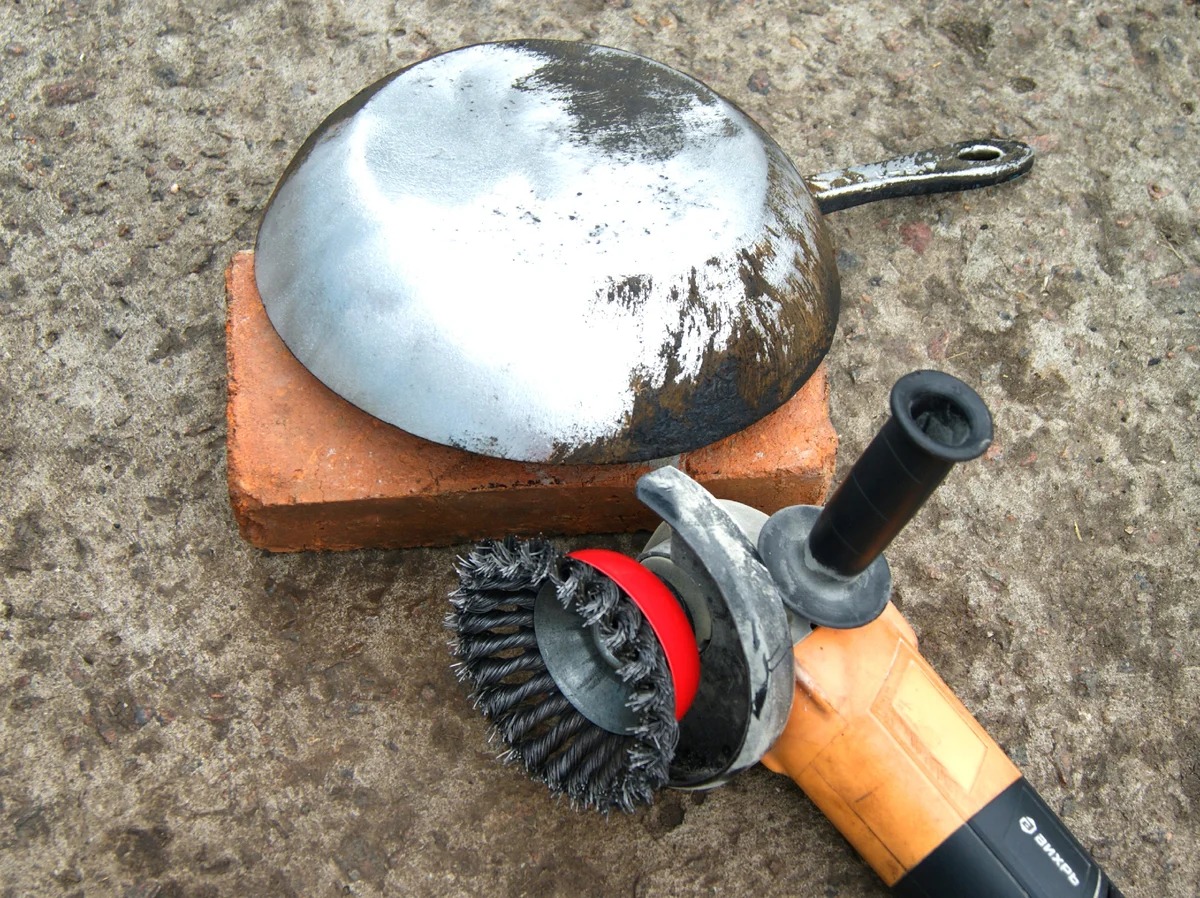
How to clean an aluminum pan
It is very difficult to clean aluminum using conventional methods. It is quite sensitive to mechanical stress on its surface. Therefore, a grinder or an ordinary metal scraper can damage it quite badly.Detergents containing alkali can release harmful substances that can damage the aluminum layer. Black spots may also appear or the surface may no longer be so shiny.
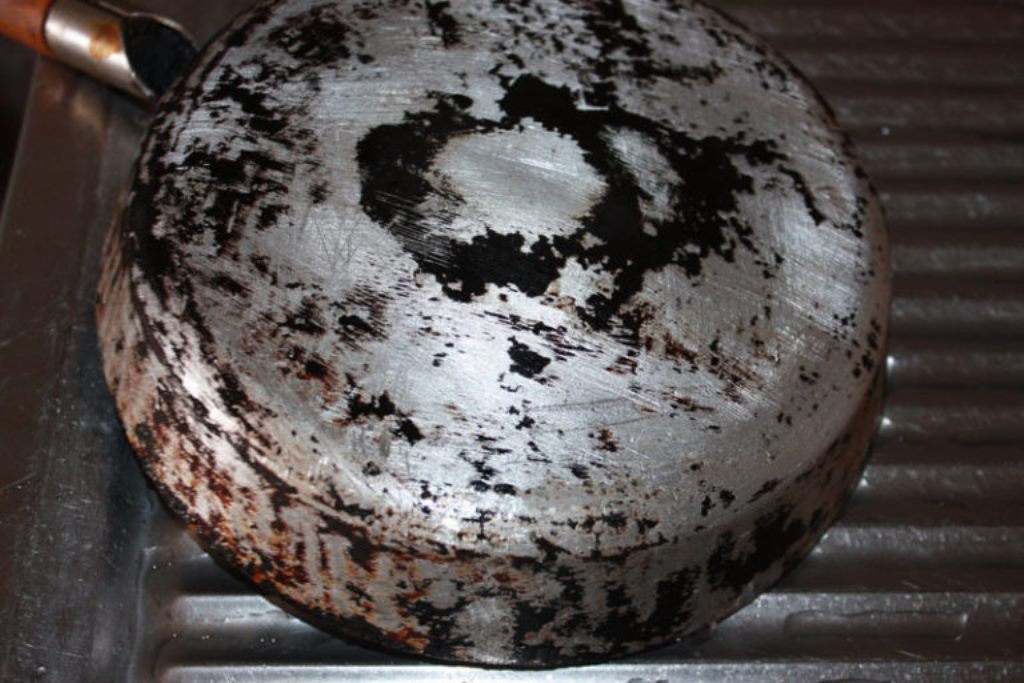
In order to get rid of strong carbon deposits, you need to apply calcination or start preparing a solution from improvised means: soda, soap, silicate glue.
Non-stick coated
The non-stick layer cannot be removed from the old fat in the usual way, otherwise the food will begin to stick later. You will need to buy a special tool, which is in various variations in stores and is used only for these needs.
Prophylaxis
There are several preventative measures that are best used:
- During operation, a frying pan with a non-stick coating must not be heated above 250 degrees;
- When cooking, stirring the contents of the pan with metal objects is not recommended. Cracks remain, and carbon deposits are clogged in them;
- For prevention, it is best to wash dishes immediately after cooking, remove excess food that could burn.

If all preventive measures are taken, then there will be no situation in which the pan is difficult to clean and the use of alkaline agents is not required. The main thing is that the frying pan is cleaned in time after cooking and then carbon deposits will not accumulate so much.

Video: how to clean the pan of perennial carbon deposits















